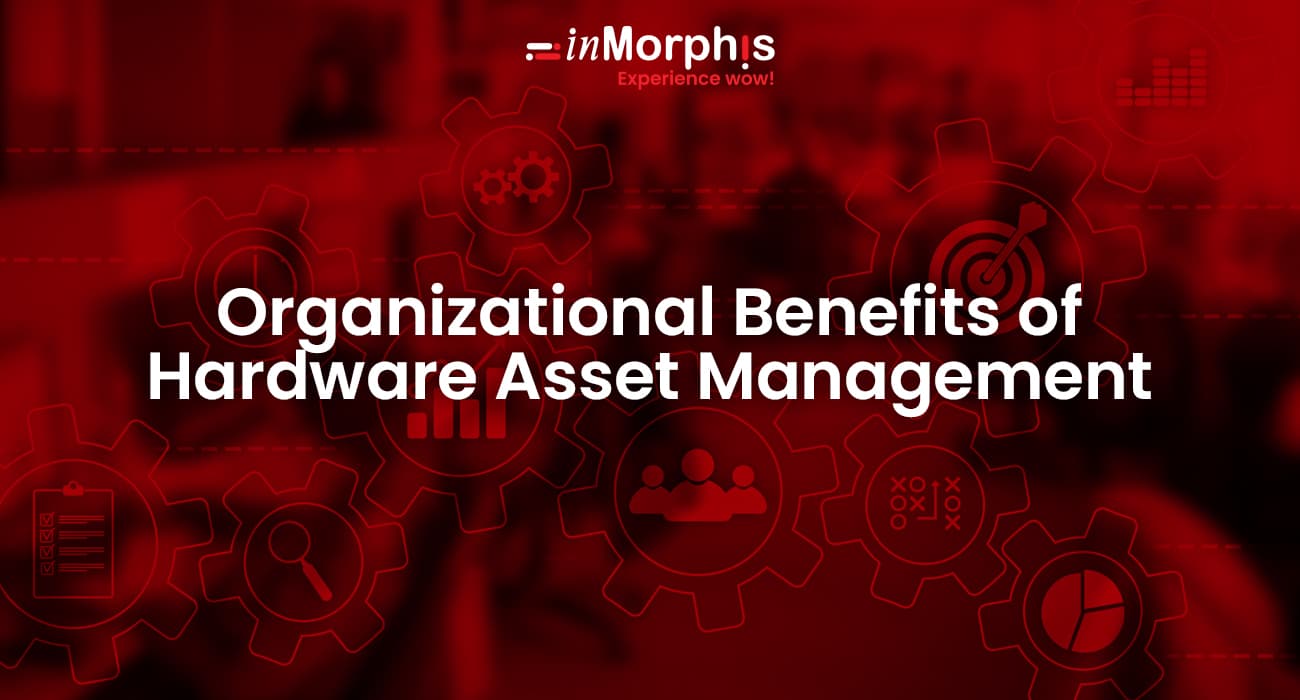Hardware Asset Management (HAM) application is a licensable application that, on activation, provides advanced workflow, automation, and mobile capabilities to maintain an individual's assets. Hardware asset management system focuses exclusively on the physical components of information technology.
Some Examples of Hardware Assets
- End-user devices: Personal computers, laptops, tablets, cellphones, and SIM cards are end-user gadgets.
- Network and telecom equipment: Routers, switches, load balancers, video conferencing, and voice-over-Internet protocol (VoIP) systems are examples of network and telecom equipment.
- Data centre hardware: Servers, storage, backup mechanisms, utilities, and security apparatus.
- Significant peripherals: Personal printers, displays, scanners, and multifunction printing devices are important peripherals.
The HAM lifecycle

Request
Various factors, including priorities, customer and business data, incidents, compliance, and budget, define organizational hardware needs. So, in the request stage of the hardware asset management system, all the queries related to these are addressed, hardware solutions are identified, and then requests are finally submitted.
Fulfil
When the budget is finalized, and the required hardware is selected, the next step in the lifecycle is to fulfil the hardware requests. To do this, organizations need to understand the following factors-
- Which suppliers are accessible.
- What technical and warranty support levels do they provide.
- Hardware compatibility with the organization's other IT resources.
Deploy
After being tagged for future device servicing in the organization, the asset is prepared for configuration and deployment. This step can involve having an employee sign in to the end-user hardware and read and concur to any specified acceptable-use policies. This phase also entails setting up the asset, integrating it with other pertinent technologies, and moving it from storage to the selected workspace (including any remote workspaces).
Monitor
Asset managers must now take all necessary steps to reduce risk and guarantee reliable hardware operation once the hardware has been installed. Through constant monitoring, this entails building a thorough picture of the complete hardware asset estate. Managers may better monitor ageing resources, avoid assets appearing in unexpected places on the network, and reduce hazards from out-of-date software by monitoring installed gear. Workflow integration between IT and security operations increases the precision and capability of monitoring.
Service
Hardware naturally requires regular maintenance to ensure ongoing effectiveness. This lifecycle stage encompasses scheduled maintenance, updates, upgrades, and unscheduled emergency repair work. During this process, the hardware asset management system reviews the state of the hardware in question to determine whether the asset may need to be recycled, reassigned, or retired.
Retire
The asset must be removed from service if it has reached the end of its useful life, is beyond repair, or has security flaws that cannot be patched. The asset's status will need to be changed within the organization's systems, and any corporate data on the device will need to be erased. The device can then be returned, sold, donated, recycled, or disposed of responsibly.
Benefits of Hardware Asset Management
Read More: Skills Required for ServiceNow Developer
Improves loss prevention
It is simple to track equipment and find missing hardware when there is an accurate inventory of all corporate gear in use and storage. Organizations can reduce risks related to incomplete asset knowledge via asset labelling, allocating ownership, and monitoring the asset's whereabouts. It also enables HAM system to pinpoint which assets are inactive and more vulnerable to theft.
Enhances productivity
Without an established hardware asset management strategy, the responsibility of handling and keeping track of equipment often falls to employees. Without established HAM best practices, the employees may rely on inefficient, ineffective, or time-consuming processes. Proper asset management ensures accurate cataloguing and distribution of essential equipment. It also helps employees to make more efficient use of their time. Like, predicting asset issues before they occur and allowing organizations to automate many assets management systems.
Optimized usage
Hardware management best practices, well-organized maintenance, and upgrade schedules help ensure employees use company equipment properly and efficiently. At the same time, accurate asset inventories protect organizations from overspending, reducing overall spending and getting more for their hardware investments.
Increases security and compliance
Effective HAM provides a complete listing of all hardware assets and relevant version information. It allows security teams to create full coverage strategies while identifying assets vulnerable to emergent threats.
HAM gives businesses complete visibility and control over the effective management of asset lifecycle.
For every piece of equipment, asset managers have easy access to product and vendor details, usage history, current ownership and tasks, and more. Based on this data, HAM systems can make more informed decisions about vendor contracts, servicing, replacements, and more.
Prevents asset theft
HAM includes asset tagging, ownership assignment and retraction, location tracking, and regular maintenance. A hardware asset management system enables you to correctly track and document information such as hardware warranty details, contract agreements, license renewal and compliance, and maintenance status. This, in turn, helps to lower risks and prevent asset theft.
Ways in which hardware asset management helps reduce the overall cost
- Reduced maintenance costs and risks
- More-accurate hardware budgets
- Fewer hardware spends
- More-efficient disposal processes
- Minimal manual work
- Helps in achieving greater visibility through trusted data
Conclusion
In conclusion, hardware asset management (HAM) plays a crucial role in the effective management of an organization's hardware assets throughout its lifecycle. Incorporating HAM best practices and utilizing inMorphis' SAM portal can enhance organizational productivity, usage optimization, security and compliance, prevent asset theft, and reduce overall costs.
An accurate inventory of all corporate gear in use and storage helps prevent the loss, while optimized usage helps in more efficient utilization of resources. With HAM, businesses have complete visibility and control over the effective management of asset lifecycle. Therefore, implementing HAM can result in numerous benefits for organizations, making it an essential practice to adopt.
You can learn more about the purpose of hardware asset management and how it can benefit your organization.
Thanks for reading,
Ayushi Thapliyal


